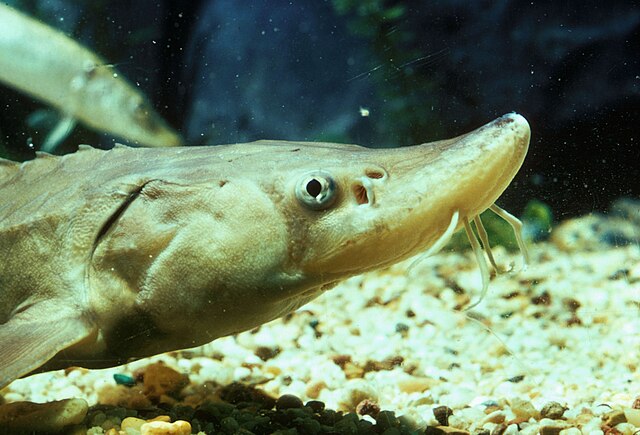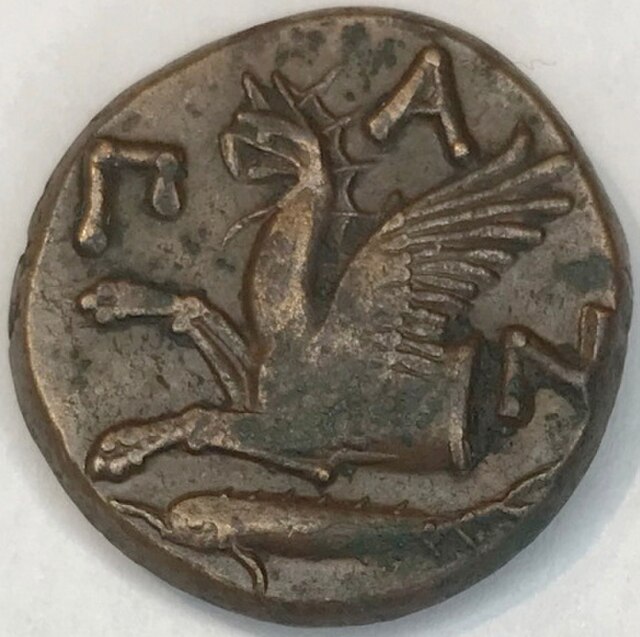The Persian sturgeon is a species of fish in the family Acipenseridae. It is found in the Caspian Sea and to a lesser extent the Black Sea and ascends certain rivers to spawn, mainly the Volga, Kura, Araks and Ural Rivers. It is heavily fished for its flesh and its roe and is limited in its up-river migrations by damming of the rivers. Young fish feed on small invertebrates, graduating to larger prey such as crabs and fish as they grow. The threats faced by this fish include excessive fishing with the removal of immature fish before they have bred, damming of the rivers, loss of spawning areas and water pollution. The International Union for Conservation of Nature has listed the fish as critically endangered and has suggested that the increased provision of hatcheries could be of benefit.
Persian sturgeon
Sturgeon is the common name for the 28 species of fish belonging to the family Acipenseridae. The earliest sturgeon fossils date to the Late Cretaceous, and are descended from other, earlier acipenseriform fish, which date back to the Early Jurassic period, some 174 to 201 million years ago. They are one of two living families of the Acipenseriformes alongside paddlefish (Polyodontidae). The family is grouped into four genera: Acipenser, Huso, Scaphirhynchus, and Pseudoscaphirhynchus. Two species may be extinct in the wild, and one may be entirely extinct. Sturgeons are native to subtropical, temperate and sub-Arctic rivers, lakes and coastlines of Eurasia and North America. A Maastrichtian-age fossil found in Morocco shows that they also once lived in Africa.
Yanosteus longidorsalis, a member of the extinct acipenseriform family Peipiaosteidae from the Early Cretaceous (125–120 Mya) Yixian Formation in Liaoning, China
A young lake sturgeon (Acipenser fulvescens)
Great sturgeon or beluga (Huso huso) feeding on another fish
Sturgeon depicted on an ancient Greek Tetrachalkon (bronze coin) from Panticapaeum on the Crimean peninsula (Black Sea), 310–304 B.C.





